53.9" snow for the season so far. 12" on the ground at MSP.
Today's Hassle Factor: 3 (combination of a coating of snow and bitter cold - watch for black ice).
Lowest Wind Chill: Thursday (-20 to -30 range)
Coldest Air Temperature: Friday morning (-15 to -20 metro, -30s possible central Minnesota).
Thaw possible by Thursday of next week.
Minneapolis Boat Show starts tomorrow - goes through Sunday. Take a mental health break and go.
Winter Magic. No, I can't take credit for this. I'm a photographer, addicted to megapixels, always searching for the "perfect digital camera". My collection includes the Nikon D3s, the new Sony A55, Nikon Coolpix P7000 - I've learned (the hard way) that it's not really the camera, it's the glass, the lenses you use, that make a huge difference. My go-to camera, the one I take (everywhere), fits in my pocket, has a great zoom lense and decent HD video, my little Sony Cybershot G-series. But I digress. This hauntingly beautiful image is one of several "hyperfocal" shots to admire, courtesy of
Gizmodo.
Windchill Alert. No watches or warnings (yet), but I expect the local NWS office to issue a windchill advisory, possibly a new (experimental)
extreme cold warning. Thursday will be the rough day (in terms of wind chill). Temperatures near zero, a northwest wind at 10-20 with gusts to 25. That should produce a wind chill in the -20 to -30 range. The good news: just about the time EVERYONE starts to complain about the numbing front, it'll be gone (the worst of the cold lifting into Canada by Saturday afternoon).
A Brief Arctic Interlude. Yes, it's going to get cold, Yukon-cold, the kind of cold you were probably expecting in January, in Minnesota. I guess this hardly comes as shocking/breaking news, huh? Historically the third week of January is the coldest of the year, so the timing is pretty good. Right on the money, in fact. The good news: it won't stay bitter for long, a fairly quick rebound likely week as highs return to the 20s, even a thaw by the end of next week.
Coldest Morning Of Winter? My hunch is temperatures will bottom out Thursday into midday Friday, the coldest temperatures will probably come Friday morning, when air temperatures will probably dip into the -15 to -20 range in the Twin Cities, closer to -25 to -28 in St. Cloud, persistent winds making it feel like -25 to -40 F, down int he danger zone. See NOAA's interactive forecast maps
here.
Before You Push The Panic Button. Our late-week cold wave will be brief, and fleeting. Really, when you get right down to it: 2 days of pain. Tolerable temperatures return by the weekend, and models are suggesting 20s by Tuesday, even some low 30s possible from Thursday through Saturday of next week, relatively mild weather spilling into the last weekend of January. No sustained subzero cold - spread the word. We've seen worse, far worse.
Another Storm For The Northeast. This time around it was a mix of snow, ice and rain from New York and Hartford to Boston, a few inches for the coast, but as much as 8-12" inland. As much as 1/4 to 1/2" of glaze ice was reported, thousands of New Englanders lost power at the height of the storm. A good recap from USA Today is
here.
Snowy Time Lapse. Click
here to see an effective timelapse from Dalton, Georgia where 8.5" fell on January 10-11. It was the same storm that dumped 5-6" of snow (and up to 1" of glaze ice) on downtown Atlanta, crippling the city for the better part of a week.
Foggy Record For The Pacific Northwest. Seattle and Portland were even gloomier (and grayer) than normal last year. An excerpt from an
article in the Seattle Times:
"
The summer of 2010 was the foggiest on record in the Pacific Northwest, according to a researcher dubbed "Dr. Fog" by his colleagues. Record levels of fog were reported in Seattle; Portland; Olympia; and from North Bend, Ore., to Quillayute, Clallam County, along the coast, said James Johnstone, a postdoctoral research associate at the University of Washington's Joint Institute for the Study of the Atmosphere and Oceans who's focused on West Coast fog. Though the increase is consistent with climate-change computer models for the West Coast, Johnstone said there were other factors in play, with California actually becoming less foggy as the Northwest grew foggier. "If there was an obvious connection to global warming, I would tell you," Johnstone said. "But we don't see any real strong evidence."
Tornado Factoid. What is it about Mississippi that attracts large, violent, long-lasting tornadoes? Since 1950 Mississippi has seen 32% of all EF-4 and EF-5 tornadoes reported nationwide (a total of 7). 55% of all large, violent tornadoes have been observed in the southeast. A close-up of the SPC/NOAA map
here.
Brazil: Troops To Help After Mudslides. The numbers coming in from Brazil are grim, the death count growing by the day. An updated
story from the New York Times:
Brazil's army on Monday sent 700 soldiers to help desperate neighborhoods that have been cut off from food or water, or need help recovering bodies after the mudslides that killed hundreds in vacation towns north of Rio. Troops have already set up at least one bridge in the mountain vacation city of Teresópolis, officials said, but at least 10 main highways are blocked in an area where the slides hit, hampering efforts to move in the heavy machinery needed to begin large-scale cleanup efforts. Days of rain unleashed tons of earth, rock and torrents of water on Wednesday down steep mountainsides, directly into towns that are weekend getaways for the Rio area. The government has come under criticism for not alerting people."
Spring Flood Outlook. According to National Weather Service hydrologists (river forecasters) the Red River has a 20% chance of setting a new record crest in Fargo later this year, a 50% chance of topping 2010's crest. More details
here.
Flooding Probabilities. According to NOAA's North Central Forecast River Center, there is a 60-80% probability of flooding on the Mississippi River at St. Paul, Hastings and Red Wing between January 22 and April 22, 2011. More details
here.
December Recap. According to NOAA December was the 17th warmest ever observed, worldwide. Jeff Masters in his (excellent) Wunderblog has a good
recap for the USA: "For the contiguous U.S., December was near-average in temperature, ranking as the 44th coldest December in the 116-year record, according to the
National Climatic Data Center.
The year 2010 was the 23rd warmest on record (for the USA). A strong "Arctic Oscillation" pattern allowed cold air to spill southward over the Southeast U.S., resulting in the coldest December on record in Florida and Georgia. Nine other states in the Southeast U.S. had top-ten coldest Decembers. Five states in the Southwest U.S. had top-ten warmest Decembers."
Global Warming: Man or Myth? For people keeping an open mind and trying to sift through the data to reach an informed conclusion about climate change,
this is a great resource. It talks about the challenges that news organizations have when confronting climate change, the need for "balanced" reporting, which often gives the impression that scientists are somehow split on what's happening, or the jury is still out on whether a sharp spike in greenhouse gas emissions in recent decades is having an impact on long-term climate trends (and short-term weather extremes). Scott Mandia is a Professor of Physics and Climate Science at Suny Suffolk College in New York. He has put together a
link that summarizes some of the challenges (and disinformation schemes lurking out there on the web): "
Journalists are taught to present both sides of the story. However, this can lead the public into thinking that both sides of the story are equal. If more than 95% of climate scientists state that humans are the cause of global warming but then the few skeptics and deniers are given the same air time and print space as this majority, how can the public be blamed for thinking there is still debate? Boykoff & Boykoff (2004) analyzed 3543 news articles appeared from 1988 to 2002. Of these articles, approximately 41% came from the New York Times, 29% from the Washington Post, 25% from the Los Angeles Times, and 5% from the Wall Street Journal. The authors found that in the majority (52.65%) of coverage in the US prestige press, these accounts gave "roughly equal attention" to the view that humans were contributing to global warming, and the other view that exclusively natural fluctuations could explain the earth’s temperature increase. This despite the fact that there was an overwhelming consensus that humans were the primary drivers of the global warming. The authors concluded:
"This supports the hypothesis that journalistic balance can often lead to a form of informational bias."
13.7 Million Birds Are Dying In The USA Every Day. Remember all the reports of dead birds around the world - it freaked a lot of people out (including me). Here's another article that caught my eye, this time from treehugger.com: "
In the last few weeks, a lot has been made of the mysterious mass-animal deaths that have struck in the United States and throughout the world -- and for good reason. The ominous events become the centerpiece of a discussion about what harmful human activity could be behind nature's apparent poor health: ranging from government testing and fireworks, to the usually cold weather and coincidence. But for as puzzling and disconcerting as those widely reported animal deaths are -- the truth is that they're hardly a drop in the bucket compared with what happens every dayAn interesting report froym the New York Times sought find out more about all those less publicized bird deaths that occur every day but are not thought of as cause for alarm -- even when human activity usually has something to do with it. Considering the figures, it's almost more curious as to why we don't see more dead birds cluttering our roadways. Biologist Melanie Driscoll, from the National Audubon Society, estimates that a whopping 5 billion birds die every year in the United States -- equating to roughly 13.7 million birds dying every day.
With "Stuxnet" Did Israel And The USA Create A New Cyberwar (Updated). Here is a fascinating
follow-up to the story that recent article that ran in the New York Times, documenting the computer "worm" that may have slowed Iran's nuclear ambitions by "a few years". An excerpt from a wired.com article: "
Remember the years-long controversy about whether the U.S. or the Israel would bomb Iran’s nuclear program? It appears they just did — virtually. And if they did, they also may have expanded our sense of how nations wage war in cyberspace. For all the hype, “cyberwar” has been a bush-league affair so far. Websites get defaced or taken offline, or an adversary’s software gets logic-bombed into a malfunctioning mess. Analysts warn that future assaults could fry an electrical grid (if it’s networked too well) or cause a military to lose contact with a piece of its remotely-controlled hardware. But that’s about the extent of the damage. Only the Stuxnet worm may point to a huge innovation for cyberwar: the mass disablement of an enemy’s most important strategic programs."
People Living At Higher Altitudes May Be At Greater Risk Of Suicide, Study Says. I stumbled upon this
article from the Chicago Tribune "Living at a higher altitude may be a risk factor for suicide, a recent study in the journal
High Altitude Medicine & Biology has found. Researchers looked at suicide data in all 2,584 U.S. counties from 1979 to 1998. In that time there were 596,704 suicide deaths in 42,868,100 total deaths. Although they discovered a lower general death rate at higher altitudes, the same was not true for suicide."
* A reminder: I know that January is a tough month (for all of us). Between the cold and the darkness (and all those after-holiday credit card bills coming due) it can be an emotionally wrenching month. If you, or someone you know, is suffering from depression, let them know about an amazing local resource based in Bloomington, called "SAVE". It's short for Suicide Awareness, Voices of Education. They have an incredible staff, led by Dr. Dan Reidenberg, who is a leader in the field; he's testified before Congress on matters of depression and suicide prevention. No matter what the situation there are steps you can take to feel better. Between medication and therapy everyone can be helped. Check it out, a valuable resource to keep in mind.
Sony's Latest 3D, Internet-Ready TV Line-up. O.K. Does anyone watch TV like this anymore? Maybe football games, but 95% of the time (at least at my house) the TV is on, sort of background noise - we watch it with one eye, just in case something noteworthy pops on the screen. But my wife, son and I are in our own little information-cocoons, cradling laptops, cell phones, iPads, whatever. I have a hunch this is how most of our information is being consumed right now, everyone focused on their own little cyber-world, answering e-mails, calling up stories, updating Facebook posts. That said, Sony hopes you'll warm up to 3D in the coming months (and I have to say, it's pretty amazing). Now, if we can just get past the geeky glasses, 3D might actually be the next big thing. From a
story at gizmag.com: "
To go along with a 3D headset prototype, a 3D Bloggie, and a 3D Handycam, Sony continued its push of 3D consumer products with new additions to the BRAVIA TV lineup at CES 2011. Most notable among them was the XBR-HX929 series, which implements a number of new features intended to give buyers more incentive for taking the plunge towards purchasing a 3DTV."
Climate Change Solves Mysteries: Ice Mummies Found Under Andes Mountains. As glaciers shrink worldwide, some interesting things are turning up, as
reported by Time magazine: "
It's hard to argue that global warming can be a good thing, but here's proof. (via New York Times) An article in the New York Times explores how the melting of glaciers up high in the Andes is throwing up secrets once hidden in the ice. These include the bodies of many people who had gone missing. The NYT spotlights the story of Rafael Pabón, a Bolivian pilot whose plane vanished in 1990 and was found, along with Pabón's body, by a trekker just two months ago. The climber who made the grisly find tells the NYT: “There are more ice mummies in the peaks above us. Melting glaciers will bring them to us.”
Paul Douglas Foundation. Yes, I am capable of talking about topics other than climate change (although I continue to believe that our evolving climate, and the impact on Minnesota's weather patterns, will be one of the 5 biggest stories of the 21st century. Our kids will take for granted the fact that we're living in new, stormier, more extreme weather regime). I'm giving talks, trying to raise money for organizations I believe passionately in. These 30-60 minute multimedia presentations include the trials and tribulations of being an entrepreneur (and rallying the troops of any company to think more like a start-up). The rate at which the business world is changing, and the impact of the Internet on any and all business models, is breathtaking - I'm trying to use my experiences starting up 6 companies to help other businesses plot out a viable plan for the future. That, tornado chasing, the evolving media landscape, in all there are 3-4 talks that seem to be somewhat well received. If you're interested click here. Hope to see and your colleagues sometime in 2011!

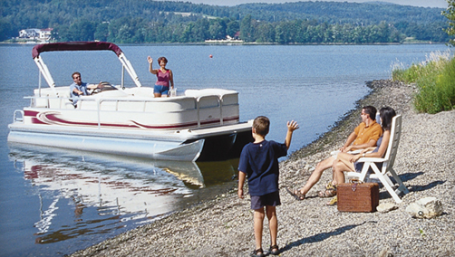
 Mass Midwinter Therapy Session
Mass Midwinter Therapy Session. The Minneapolis Boat Show kicks off Thursday at the Convention Center, goes through Sunday. Do yourself and the people you care about and drag them into the city. Even if you have no intention of buying a boat, walk the floor, check out the exhibits. It will rekindle some sense of hope and optimism. Within 60-70 days ice will come off the lakes, you'll be brushing the cobwebs off the grill, dusting off the pontoon, dreaming about an (amazing) summer to come. Details about the Boat Show can be found
here.
 Just A Chilled "Appetizer"
Just A Chilled "Appetizer". This is just an omen of what's to come. 12 degrees? No problem. The main course arrives (on gusty winds and cruel wind chills) Thursday, temperatures bottoming out Friday morning. Tuesday highs ranged from 2 at International Falls to 7 at St. Cloud, 16 at Rochester.
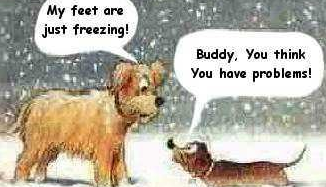 Paul's Conservation Minnesota Outlook for the Twin Cities and all of Minnesota:
Paul's Conservation Minnesota Outlook for the Twin Cities and all of Minnesota:
TODAY: Bitterly cold with some sunshine peeking through, feels like -15 F. Winds: W 5-10. High: 5
WEDNESDAY NIGHT: Mostly cloudy and cold. Low: 1
THURSDAY: Coating to 1/2" of flurries, some roads may be icy. Potentially dangerous wind chill, feels like -25. Winds: NW 15-25. High: 6
THURSDAY NIGHT: Coldest of the winter. Flurries taper,
dangerous wind chills. Low: -17 (a few -20s possible in the far outlying suburbs).
FRIDAY: Coldest day of winter? Light snow/flurries, coating of flurries possible. High: 2 (subzero most of the day).
SATURDAY: Intervals of sun, not quite as harsh. Low: -7. High: 12
SUNDAY: Mix of clouds and sun, still 10 degrees colder than average. Low: -2. High: 12
MONDAY: Clouds increase, storm-free. Low: 4. High: near 20
TUESDAY: Nice to be "above average" again! More clouds than sun. Low; 9. High: 24

Blissfully Numb
"Can you feel any worse than numb?" I've been pondering that lately, in addition to "just how long can you hold your breath?" Until Saturday? By Thursday your goosebumps will have goosebumps as the coldest air of the winter swirls into Minnesota. Drag out the space heaters, consider wearing socks (to bed), a few extra layers of clothing at the bus stop?
One of my favorite Minnesota memories: using my AmEx card to chip ice off the INSIDE of my windshield, praying out loud for the defroster to kick in. Yes, Minnesotans make it a habit of thumbing their nose at anything Mother Nature can hurl our way. So far this month: only 2 days without snow in the MSP metro area. When in doubt, predict flurries. Odds are you'll be accurate. No major snow storms are brewing into next week
The approach of a Yukon Smack set off a coating of fluff overnight. With the mercury dipping into negative numbers roads may be very icy in spots. The coldest air arrives Thursday night; by Friday morning we may be waking up to -15 to -20 F in the metro. This is it, temperatures are bottoming out the next 3 days; models hinting at a thaw by late next week. Hey, the Boat Show kicks off this weekend!
First Photo Of A Snowflake. Wilson A. Bentley took this photo of a snowflake back in 1885, the first known, documented photograph. From a
story at neatorama.com: "
In 1903, he sent 500 prints of his snowflakes to the Smithsonian, hoping they might be of interest to Secretary Samuel P. Langley. These images are now part of the Smithsonian Institution Archives. Bentley’s book Snow Crystals, with more than 2,400 snowflake images, was published in 1931. This photomicrograph and more than 5,000 others supported the belief that no two snowflakes are alike, leading scientists to study his work and publish it in numerous scientific articles and magazines."
Will Steger Believes Global Warming Will Effect Lives Of Our Young People. A recent
article from hometownsource.com: "
Many chuckle about the topic global warming when they look outside and see the huge mounds of snow that have accumulated in many backyards in Minnesota. Even so, world acclaimed polar explorer Will Steger of Minnesota continues to bring his message forward about the effects of global warming. Mark your calendar for Tuesday night, Jan. 25. Steger will be a guest speaker at the Anoka-Ramsey Community College Cambridge Campus annual Science Night. The event starts at 7 p.m. and is open to the public at the Cambridge campus, 300 Spirit River Drive South, Cambridge, MN 55008-5704. Go to http://isanticountynews.com/index.php?option=com_content&task=view&id=9539&Itemid=115
Best known for his legendary polar explorations, Steger will present, Eyewitness to Global Warming. He has witnessed the on-going catastrophic consequences of climate change, and has become a formidable voice calling for understanding and the preservation of the Arctic, and the earth. For more than 45 years, Steger crossed the Arctic, leading teams over tens of thousands of miles by kayak and dogsled, resulting in the Lifetime Achievement award from National Geographic Adventure Magazine in 2007. Steger led the first confirmed dogsled journey to the North Pole without re-supply in 1986, a 1,600-mile south-north traverse of Greenland (the longest unsupported dogsled expedition in history) in 1988, and the first dogsled traverse of Antarctica (the historic seven month, 3,741-mile International Trans-Antarctica Expedition) in 1989–90."
 Are Scientists Confusing The Public About Global Warming?
Are Scientists Confusing The Public About Global Warming? Not sure climate scientists are confusing anyone. The science is fairly clear, and 95-98% of all peer-reviewed climate scientists are pretty much saying the same thing. The atmosphere is warming up, and we're witnessing more frequent and extreme weather events, and there's a pretty good chance we can see man's thumbprint in at least part of this shift in climate. It's just that a significant percentage of the public is in denial about the science. Someone took me aside and told me, "Paul, a large percentage of people will refuse to believe the science until a valid solution to the problem comes along." Huh? Maybe it's human nature to turn away from news that seems insurmountable or unsolvable. I get that. But the deniers have done a very good job spinning their arguments, turning away from the science and turning this into an ideological struggle.
"It's an excuse for bigger government. This will only lead to more taxes. It will cripple our economy." Here's an excerpt of an interesting
story from climatecentral.org:
"The relevance of the communications issue was made all too apparent on the second day of the meeting when news reports emerged of a leaked FOX News memo ordering all station journalists to "refrain from asserting that the planet has warmed (or cooled) in any given period without IMMEDIATELY pointing out that such theories are based upon data that critics have called into question." The release of the memo hints at the disconnect: among the thousands of scientists who study climate change, there is little criticism of the evidence of warming and its human fingerprint, yet among the public, the science is viewed as contentious, confusing, and up for grabs. In daily interactions with members of the general public, when I tell people I work on climate change, they almost inevitably ask me: “So, is it really happening? My understanding is the science is too uncertain.” Newspaper and TV station reports, recent polling, and these casual conversations all point toward a profound disconnect between public discourse and mainstream science."
 Impact Of Receding Snow And Ice Surprises Scientists
Impact Of Receding Snow And Ice Surprises Scientists. From a recent
article at the Christian Science Monitor: "
A long-term retreat in snow and ice cover in the Northern Hemisphere is weakening the ability of these seasonal cloaks of white to reflect sunlight back into space and cool global climate, according to a study published this week. Indeed, over the past 30 years, the cooling effect from this so-called cryosphere – essentially areas covered by snow and ice at least part of the year – appears to have weakened at more than twice the pace projected by global climate models, the research team conducting the work estimates. The study, which appeared online Sunday in the journal Nature Geoscience, represents a first cut at trying to calculate from direct measurements the impact of climate change on the Northern Hemisphere's cryosphere. The study was conducted by a team of federal and university scientists who examined data gathered between 1979 and 2008."
A Brave New World Of Fossil Fuels On Demand? This
nugget caught my eye on Tuesday. Not sure if it's real, but what a breakthrough this would be: "
In September, a privately held and highly secretive U.S. biotech company named Joule Unlimited received a patent for “a proprietary organism” – a genetically adapted E. coli bacterium – that feeds solely on carbon dioxide and excretes liquid hydrocarbons: diesel fuel, jet fuel and gasoline. This breakthrough technology, the company says, will deliver renewable supplies of liquid fossil fuel almost anywhere on Earth, in essentially unlimited quantity and at an energy-cost equivalent of $30 (U.S.) a barrel of crude oil. It will deliver, the company says, “fossil fuels on demand.”
Tide Power. Solar, wind, geothermal, and now power from the tides? Here is an
article from gizmag.com that caught my eye: "
Even with its potential for providing predictable and sustainable electricity generation with no visual impact, tidal power still accounts for only a fraction of a percent of the world’s total electricity generation. That is slowly changing though, with numerous tidal power plants being constructed or planned for coastlines around the world. India is the latest country to wade into the tidal power waters with the announcement of its first commercial scale tidal current power plant to be constructed in the Indian State of Gujarat."
The Silver Lining To Arctic Global Warming. It's hard finding benefits to a slowly thawing Arctic region, but there will be a few few silver linings to a warmer, stormier world. One word: oil. Less ice makes it easier getting to undersea oil reserves, but that, in turn, increases the potential for geopolitical conflict. A number of countries, including Canada, the USA and Russia, have dibs on all that oil lurking deep underground. An excerpt from an
article in the U.K.'s Telegraph: "
In the Arctic Ocean as elsewhere, the full, destructive power of global warming appears unmistakable. Regional sea ice is retreating fast, threatening to raise global sea levels, destroy traditional habitats and ways of life, and accelerate the rate at which the planet as a whole is warming up. Yet there is one silver lining to this depressing and disturbing picture. For when last week representatives of the Russian oil company Rosneft signed a "historic" new deal with BP, it was an indication that, in the years ahead, climate change will present a more complex picture than the darker image that is often drawn."
For some considerable time, experts have warned of the danger of "resource wars" as countries spar over diminishing resources of oil, natural gas and other commodities that will remain vital to sustain booming economies and soaring populations.
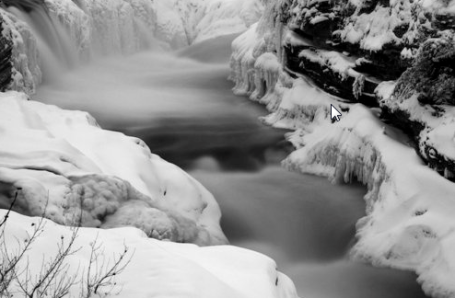
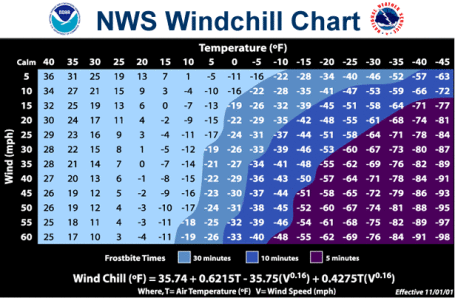

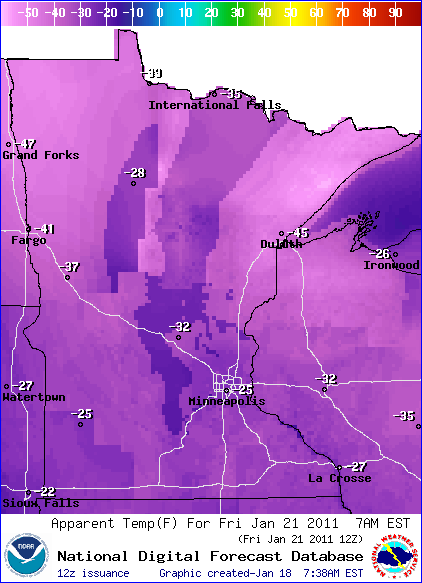

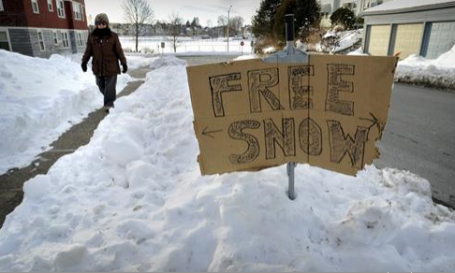
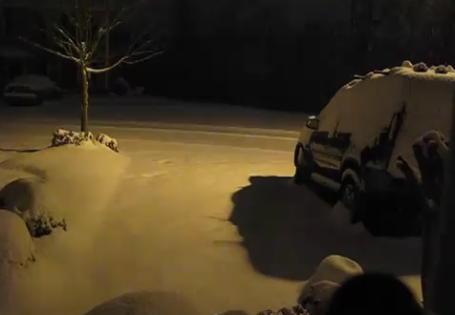


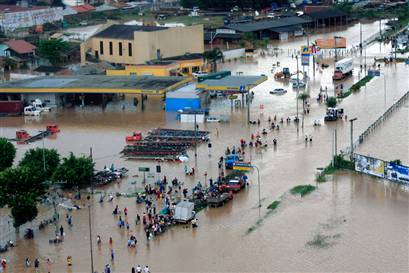

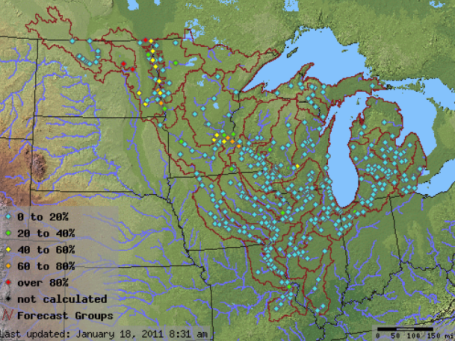
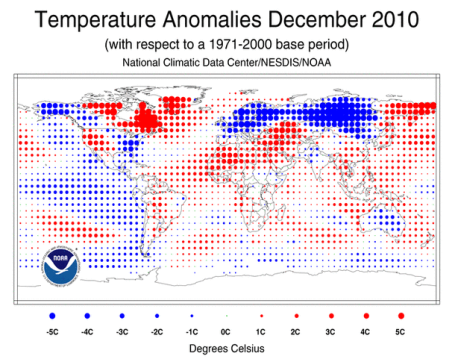



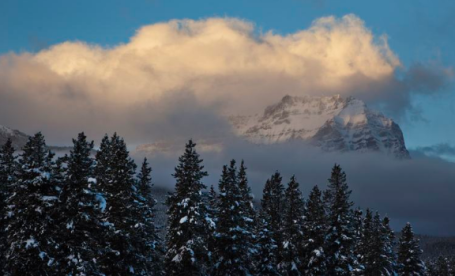

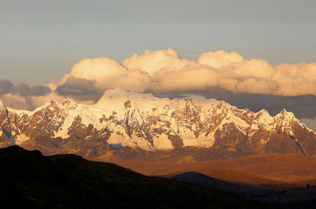
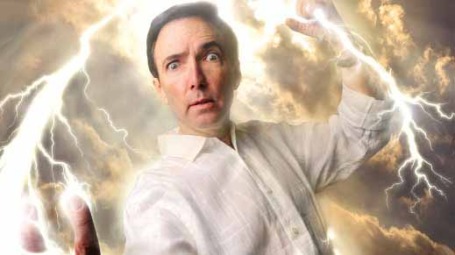







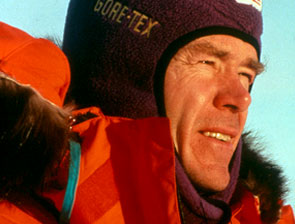



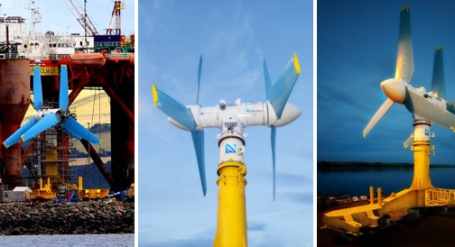
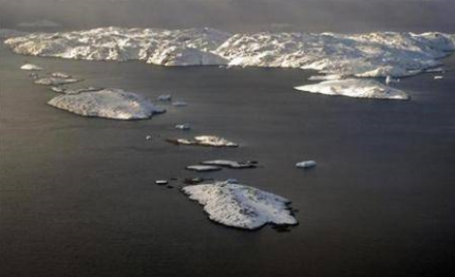
No comments:
Post a Comment